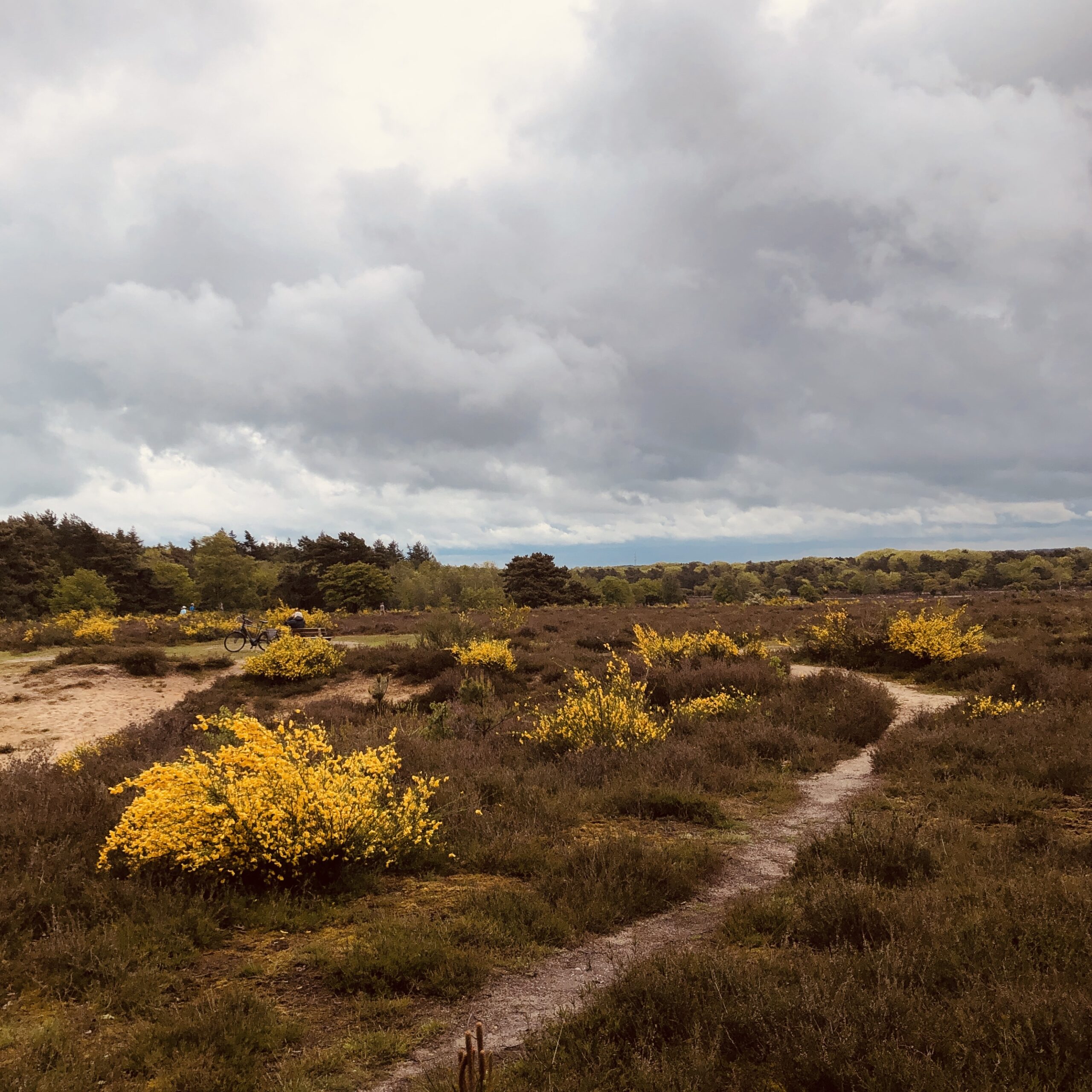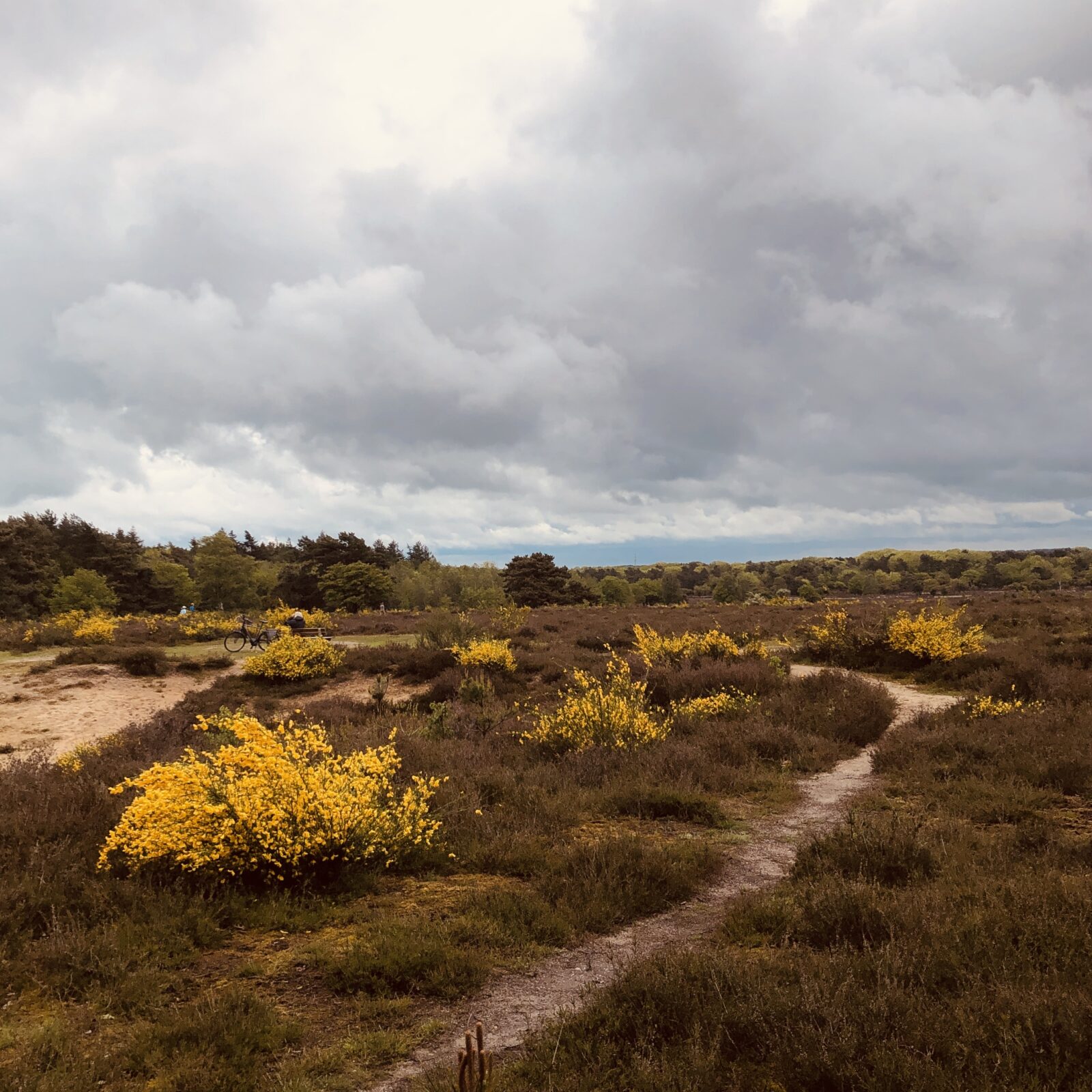Seminar Blogs
“To Site/Cite Knowledge” – Bernice Ong

In the seminar “Mobilising the Dance Archive: How to Transmit Intuitive Body Knowledge? (26 May 2021)” with Suzan Tunca and Laura Karreman, the question that struck me most was the question of how knowledge is defined? Further to this, what types of knowledge are regarded as valuable, and to whom? Taking this further, I also wonder if there is such a thing as too much knowledge? As a starting question, I therefore ask, where shall we site knowledge or indeed, when is it then productive to cite such knowledge?
For pre-reading before the seminar, attendees were asked to read James Leach’s article “Making Knowledge from Movement: Some notes on the contextual impetus to transmit knowledge from dance” (2017). Some thoughts after reading this text are that the term or object of ‘knowledge’ is already of a non-neutral categorization, having already been evaluated in particular contexts to be described as such. ‘Knowledge’ here is not just about the subject of knowing. ‘Knowledge’ in the knowledge-based economy has particular use and currency, and also be proven to have productive value. However, I also think that the relevance of said knowledge also morphs when across varied cultural spaces and is therefore never constant.
As a baseline, I think most of us can agree that dance is a form of embodied knowledge. The body moves as it is able to, and it responds to the spatial, the sonic, the presence of other bodies as felt and viewed within its sensorial scope. Advocates of dance forms with more traditional and spiritual groundings may also take heed of the stories and invisible dimensions that guide the body’s enaction and its point-to-point transitions. For example, for audiences of similar cultural and spiritual backgrounds, knowledge can also be said to be embodied as they may feel a connection to the specific dance event in transcendental ways due to a certain cognitive precursor of experience. While the understanding of intention as knowledge may hold true in such instances, I see it more as a ‘good to have’ rather than absolutely necessary for appreciation and value-add. In the discussed research at hand, I also wonder: why return to text as knowledge when text is so secondary to the embodied form and experience of dance?
In this seminar as well as in Leach’s text, I see that an emphasis has been placed on the need for some form of inscription to reflect process and thinking, rather than just the final form of the dance. We also had the opportunity to review an entry in Motion Bank in the online score by Amos Ben Tal. However, I do wonder if there is real value-add at all in this layering of embodied dance knowledge with its inscriptive counterpart. I ask this because I do not always find the additional supplication of context and intentions necessary for the appreciation and transmission of dance knowledge in its ephemerality and bodily presence. I would also argue that as an archive, contemporary media’s ability to record and re-present through video is sufficient at least in meeting the need for one form of cultural circulation. Short of additional choreographic objects, dancers also find other ways of passing down knowledge from body to body, from master to apprentice, from the verbal instruction and interpretive response, and harnessed through skill and repetition.
References
- Ben-Tal, Amos. n.d. “Amos Ben-Tal: 60.” Motion bank, https://lab.motionbank.org/amos60/#/.
- Leach, James. 2017. “Making Knowledge from Movement: Some notes on the contextual impetus to transmit knowledge from dance.” Transmission in Motion: The Technologising of Dance, edited by Maaike Bleeker. London: Taylor & Francis Group.

